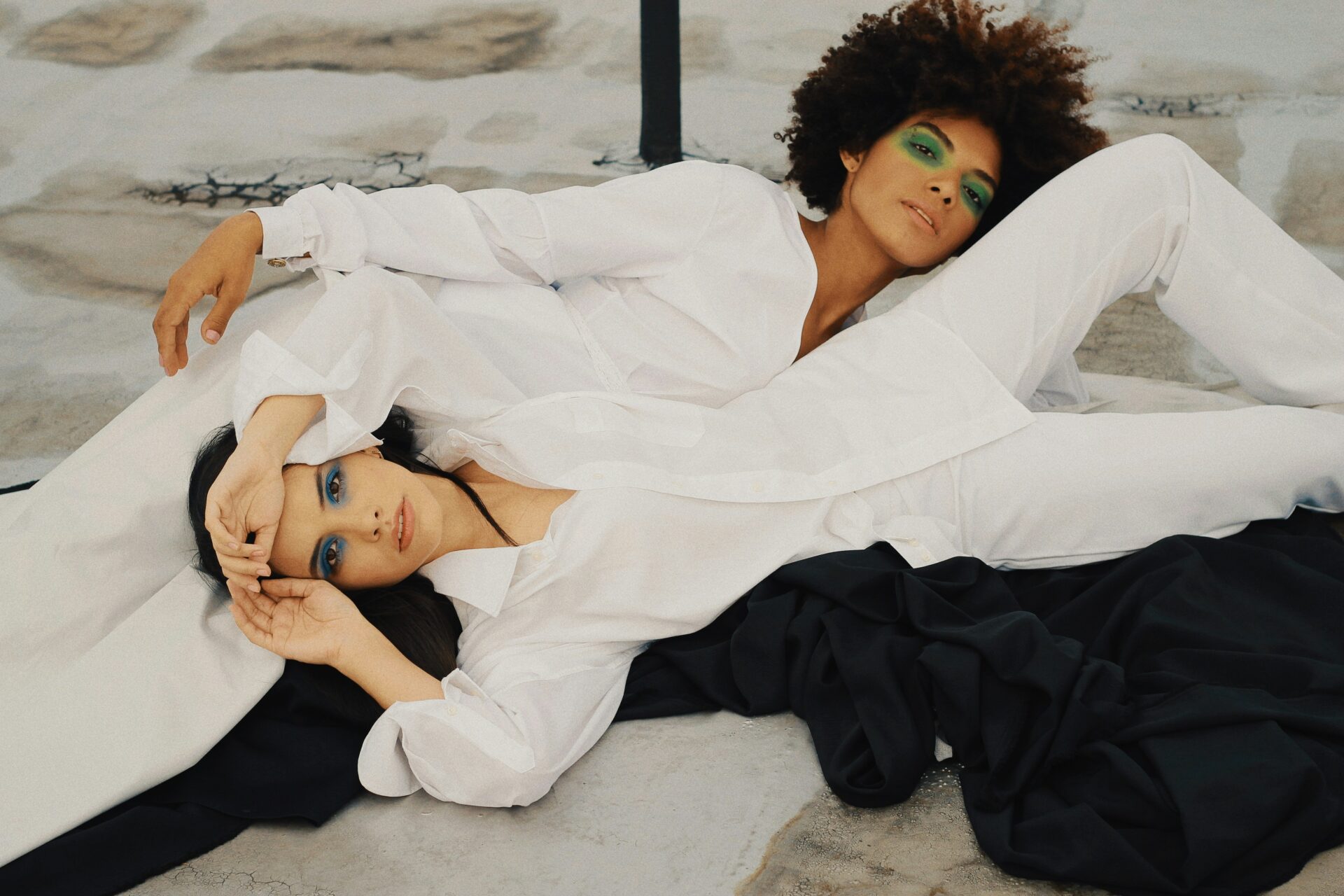For decades, we were sold the dream of more. Our screens glowed with images of movie stars stepping out in couture gowns, influencers unboxing the latest designer drops, and runways dripping in sequins, fur and excess. We fawned over walk-in-wardrobes the size of small apartments and the idea that endless consumption was success. Luxury was loud, and we were listening.
That world hasn’t vanished…yet. Limited-edition drops still sell out in minutes, the populace still flock to high street sales, and fashion weeks still produce more waste than wonder, but the mood is shifting. A new generation is coming of age that’s grown up watching wildfires, floods, and melting glaciers on their social feeds. Gen Z doesn’t want what their parents once idolised. They’re calling for sustainable fashion, see through greenwashed marketing, and are calling out excess when they see it.
When Kylie Jenner was slammed for bragging about a 17-minute private jet flight, the backlash was generational. And when celebrity stylist Law Roach posted a photo on Instagram holding a live crocodile alongside a crocodile handbag – what he claimed was meant as a prank – it drew intense criticism online, seen as tone-deaf in a world where animal cruelty is no longer laughed off in the name of fashion.
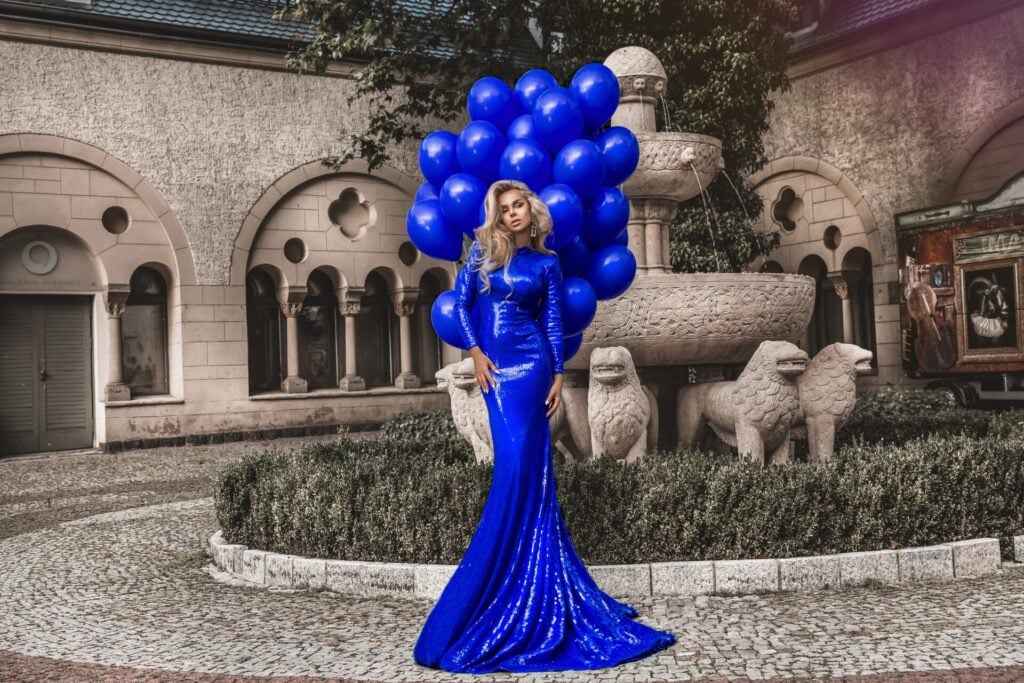
For many young people, the heroes have changed too. The celebrity flaunting a new Birkin still turns heads, but it’s the designer making bags from mushrooms or the activist who refuses to buy new that earns respect. Designers like Stella McCartney, a pioneer in cruelty-free luxury, or Iris van Herpen, who fuses technology and biodegradable materials into wearable art, have become the new north stars of style.
Innovators such as MycoWorks’ Sophia Wang and Phil Ross, who developed Reishi, a mycelium-based alternative to leather now used by Hermès, or Biophilica’s Ella Dewhurst-Bell, who created Treetex from urban plant waste, are redefining what craftsmanship and creativity can mean.
Even influencers are evolving. Aja Barber, Venetia La Manna, and Immy Lucas have built mass followings by exposing fast fashion’s true cost and celebrating mindful consumption. And figures like Greta Thunberg, who famously crossed the Atlantic by solar-powered yacht to attend the UN Climate Summit in New York, have turned personal choices into global statements. To a generation raised on climate anxiety, the new aspiration isn’t accumulation, it’s accountability.
From Fringe to Front Row
The fashion world has become the front line of the sustainability conversation and nowhere is the tension between luxury and excess more visible. Once the industry’s heartbeat was speed: new collections every few weeks, influencer hauls, and red-carpet statements dripping in logos. Now, it’s slowing down and environmentally savvy consumers are trading statement buys for investment pieces with a story.
According to Bain & Company, more than 70 per cent of luxury consumers under 40 say a brand’s ethical and environmental impact influences their buying decisions. That has forced even the most established maisons to adapt. Gucci now publishes an annual sustainability report, Chanel has invested in regenerative agriculture, and Kering, which owns Saint Laurent and Balenciaga, was one of the first back in 2011, to make environmental profit-and-loss statements public.
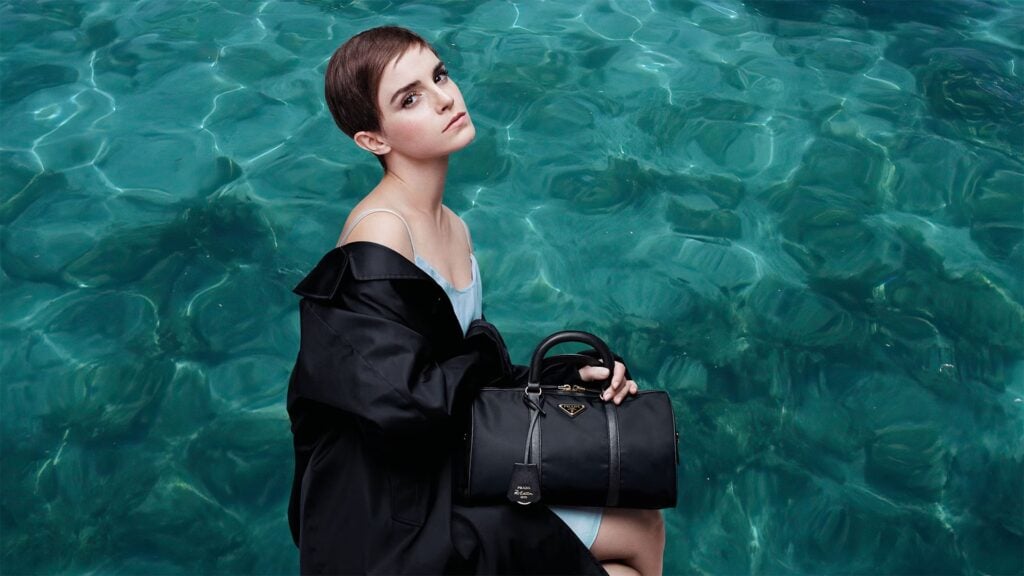
Dior, has collaborated with Parley for the Oceans to create menswear crafted from marine-plastic waste, while Prada’s Re-Nylon line – fronted by sustainability icon Emma Watson – transforms discarded fishing nets and ocean plastics into covetable bags and outerwear. Louis Vuitton has introduced leather-free sneakers and accessories, and now repairs over half a million items a year through its in-house workshops. Meanwhile, Gucci, Saint Laurent, and Balenciaga, went entirely fur-free in 2021, pushing vegan and regenerative alternatives across its portfolio, while Chloé’s B Corp certification signals the shift clearly.
While the big luxury houses evolve, a new generation of independent designers is rewriting the rulebook entirely, building sustainability into their brands from day one. Labels like Gabriela Hearst, Mara Hoffman, and Ahluwalia are proving that circularity can coexist with creativity, producing collections made from deadstock fabrics, repurposed materials, and plant-based dyes. Others, such as Mashu and Veganologie are crafting handbags from apple leather and recycled vegan suede, transforming what ‘ethical’ looks like in fashion.
The Generation Driving Change
If the luxury houses are changing, it’s because their customers have. Today’s affluent consumers, especially Millennials and Gen Z, care as much about a brand’s values as its visual identity.
These are the buyers who check for traceability, who want to know not only what something is made from but who made it and how. They scroll past fast-fashion hauls and follow slow-living creators who champion repair, resale, and longevity. According to Deloitte, one in three Gen Z consumers has stopped buying from a brand they consider unethical, while the global luxury resale market is currently estimated around US$34.79 billion in 2024, with forecasts pointing to US$54.83 billion by 2029.
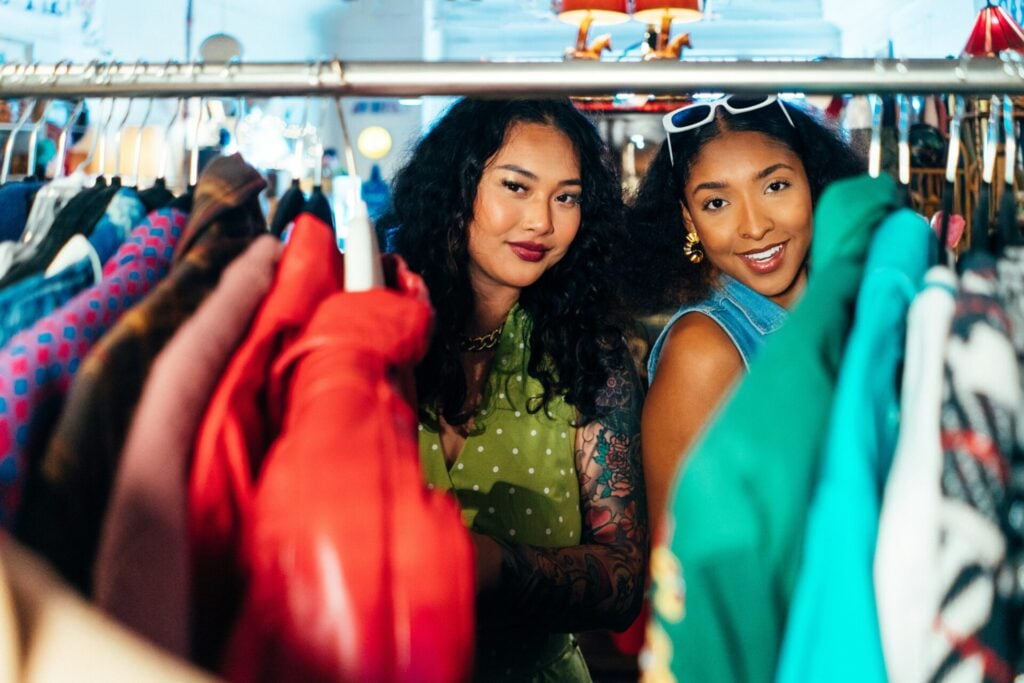
Once considered taboo, wearing pre-loved is now a badge of discernment. A vintage Hermès scarf, a well-loved Chanel jacket, or a restored Gucci bag speaks louder than anything freshly unboxed. According to a 2024 Thredup report, 65 per cent of Gen Z and millenial shoppers prefer to buy second-hand to reduce waste.
Greenwashing the Runway
Of course, ideals don’t always match reality. Today overproduction remains rife, with 40 per cent of clothes made each year – that’s 60 billion garments – remaining unsold. There has also been increased recognition that buying preloved isn’t a magic bullet. As the Or Foundation stated in its Stop Waste Colonialism report: ‘The fashion industry uses the global secondhand clothing trade as a de facto waste management strategy.’
The fashion and luxury industries both still carry enormous environmental burdens, from carbon emissions to inventory waste. Apparel and footwear production alone contributes four to eight per cent of global greenhouse gas emissions.
Greenwashing remains a major problem too with glossy ‘eco’ claims often distracting from overproduction and waste. H&M’s much-hyped ‘Conscious’ line, for example, was called out by the Norwegian Consumer Authority for making misleading environmental claims, while Boohoo’s appointment of Kourtney Kardashian as its ‘sustainability ambassador’ was widely seen as a performative stunt.
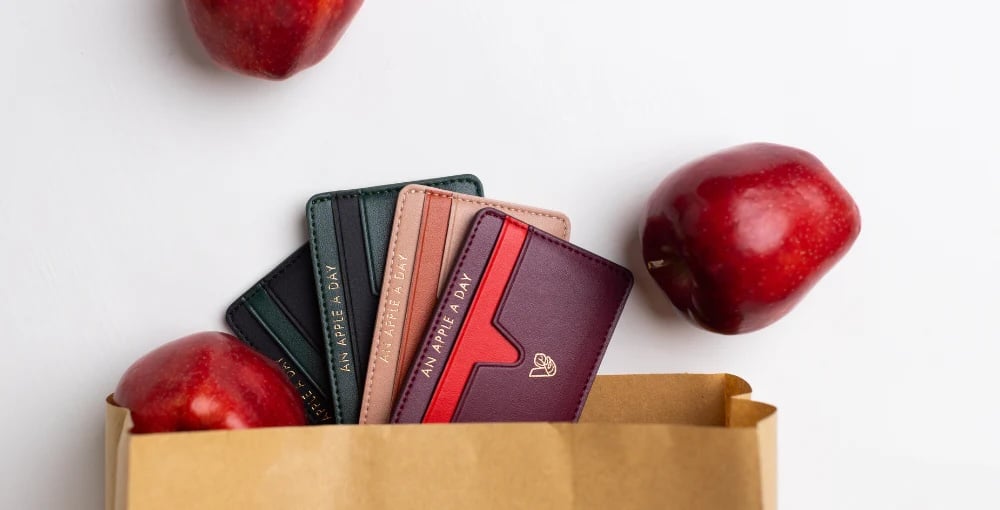
Then there’s the issue of access. Conscious consumption has, paradoxically, become another form of privilege. Sustainable materials, ethical labour, and small-batch production cost more, pricing out many of the consumers who most want to make better choices. It’s easy to tell people to ‘buy less, buy better,’ but that assumes they can afford to.
And yet, even imperfect progress matters. Each shift, whether it’s a brand switching to recycled fabrics, a celebrity creating a trend of outfit repeating (something the Princess of Wales has famously normalised on red carpets), or a shopper choosing vintage over new, it all chips away at the old narrative that luxury must come at the planet’s expense.
Conscious consumption has become the new social currency. Today, the ultimate luxury isn’t the latest handbag, it’s the ability to buy less, buy better, and align your spending with your values.

